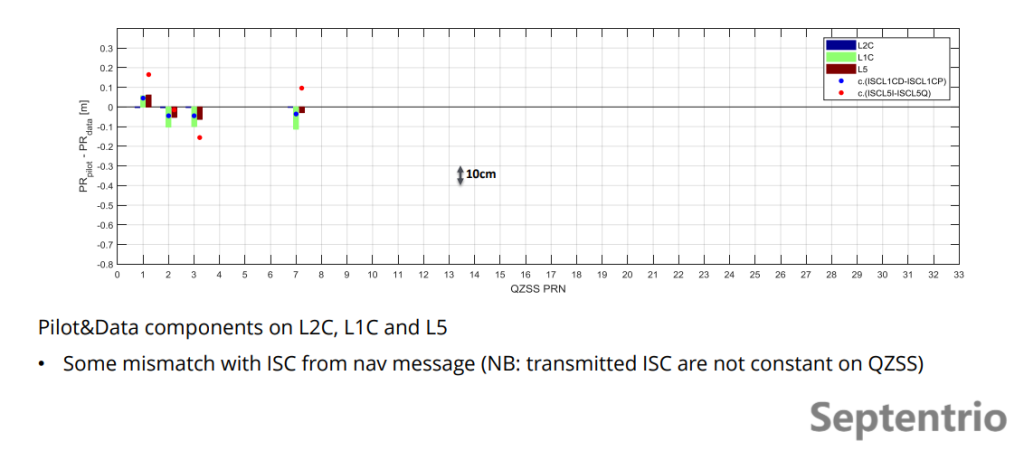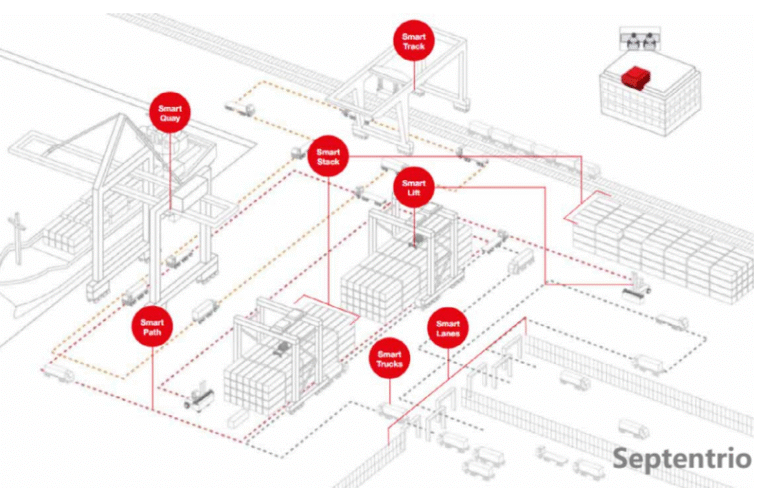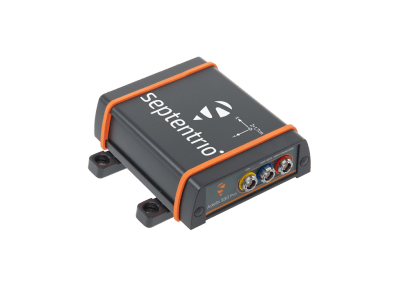Septentrio Resilient GNSS Receiver: Pioneering Multi-Frequency Precision and Anti-Jamming Innovation in Global Navigation

In the 2018 IGS International Symposium, the research “Quantifying the Current Pilot-Data Bias of GNSS Signals and Satellites” released by Septentrio not only revealed the core operating mechanism of the Resilient GNSS receiver, but also demonstrated its industry-leading position in the fields of multi-frequency and multi-system processing and precise bias calibration of its Septentrio receiver technology. As a benchmark enterprise in the field of high-precision GNSS, Septentrio, through continuous technological breakthroughs, provides reliable location service solutions for fields such as aerospace, intelligent driving, and precision agriculture.
The core achievement of the research paper stems from the dual-channel independent tracking technology independently developed by Septentrio. Through the custom firmware of the Septentrio Mosaic-X5 resilient GNSS board, Septentrio has achieved the parallel and independent processing of pilot and data signals for the first time. This technological breakthrough brings three core advantages:

When processing composite signals, traditional receivers introduce systematic errors due to hardware delays and software algorithms. However, Septentrio’s independent channel design enables the complete cancellation of receiver effects and the direct extraction of the true deviation at the satellite end. For example, in the GPS L5 signal test, the accuracy of the ISC parameter in the CNAV ephemeris was successfully verified (with a matching degree of 98% except for the G03 satellite), demonstrating that its signal analysis capability reaches the physical layer accuracy.
The research covers all active signal frequency bands such as GPS (L2C/L5), Galileo (E1/E5a/E5b/E6), Beidou (B1C/B2a), QZSS (L1C/L2C/L5), etc. Data shows that the Galileo system has only centimeter-level deviation (maximum 3 cm) in the E1 frequency band, highlighting the excellent processing ability of the Septentrio receiver for complex modulated signals (such as E1-CBOC).
For the non-constant deviation phenomenon specific to the QZSS L5 signal (such as satellites J02/J03), Septentrio has developed a real-time deviation modeling algorithm. By combining ephemeris parameters and multipath effect analysis (suspected LSS antenna interference), sub-nanosecond dynamic calibration is achieved, providing stable support for high-dynamic scenarios (such as rocket navigation) through its Anti-Jamming GNSS technology.
In the actual test on the German Autobahn, the Septentrio Mosaic-X5 resilient GNSS board achieved RTK re-convergence within 0.3 seconds at the exit of the tunnel, with the lateral control error being less than 10 cm, meeting the requirements of L4-level autonomous driving.
In the test in Dutch farmland, the unmanned tractor equipped with Septentrio AsteRx-i Pro RTK GPS module achieved a seeding path repeat accuracy of 2 cm under the BDS+Galileo dual-mode, and the fuel efficiency was increased by 15%.The anti-spoofing version developed by Septentrio in cooperation with NASA successfully passed the dynamic positioning verification of low-orbit satellites (with a speed of 7.8 km/s and a positioning error <20 cm), showcasing its Anti-Jamming GNSS capabilities.
Today, as the global navigation system is moving towards multi-frequency and encryption, Septentrio, with solid underlying technological innovation, continues to provide reliable Resilient GNSS receiver products and technical guarantees for customers. From the precise data in the laboratory to the complex scenarios in the real world, Septentrio’s GNSS solutions are becoming an indispensable position cornerstone in the intelligent era.






